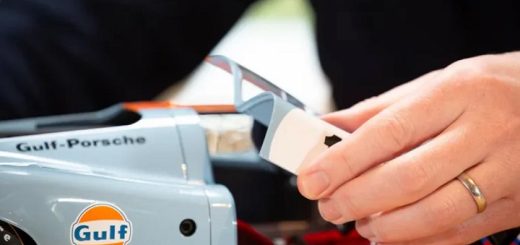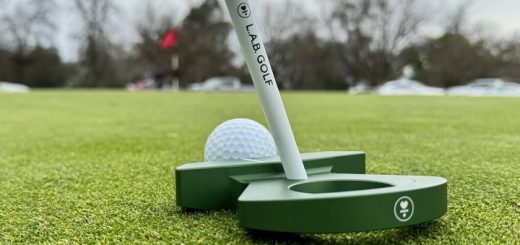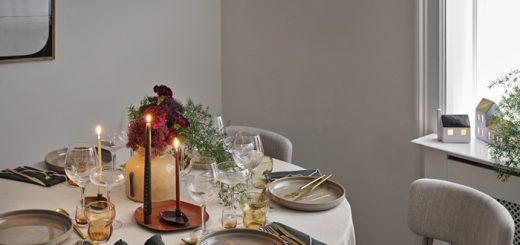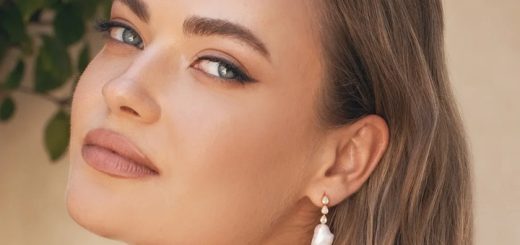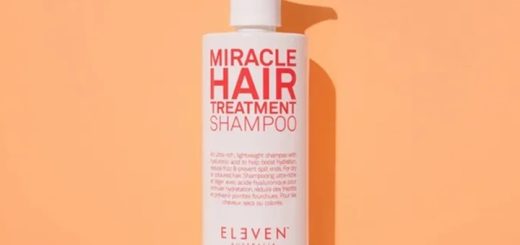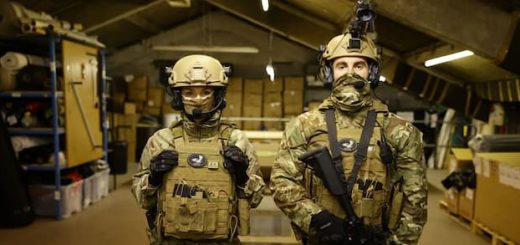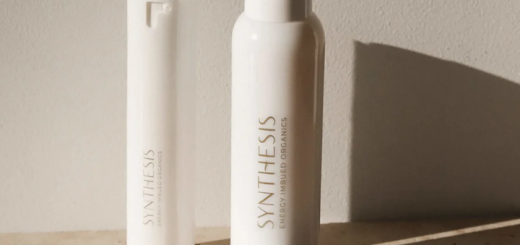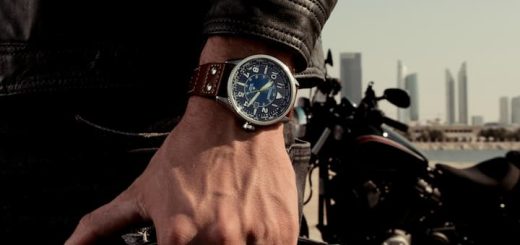Zoom In on the Adventure: A Complete Guide to Binoculars
Birdwatching, hiking, sports events, stargazing, and surveillance are activities that require clear vision and precision. If you’re engaging in one of these, you will need a good pair of binocular glasses more than anything else! By using two aligned telescopic lenses, they provide a three-dimensional view, allowing users to perceive depth and detail with both eyes. Their primary purpose is to offer a closer, clearer look at faraway scenes.
Range of Binoculars: Finding the Right View

Whether you’re a nature enthusiast, traveller, hunter, or even military personnel, experience next-level precision in every glance with high-performance binoculars. With a wide range of models available, understanding how binocular glasses are classified helps in choosing the perfect fit for your needs.
Binocular glasses are typically described using two numbers, such as 8×42. The first number (8×) indicates the magnification power or how many times closer the object appears. The second number (42) refers to the diameter of the objective lenses in millimetres, which affects how much light the glasses gather and how bright the image appears.
If you’re looking for a versatile, easy-to-use model, an 8×42 or 10×42 is ideal for most outdoor adventures. These provide strong magnification without sacrificing the field of view or image stability. Lower magnification (like 8×) gives you a wider field of view, making it easier to spot and track moving subjects, while higher magnifications (10× and up) offer more detail but can be harder to steady by hand.
On the other hand, compact models, such as 8×25 or 10×25, are lightweight and travel-friendly and great for casual users. For those who need superior brightness and clarity in low light, full-size options like 10×50 deliver excellent performance!
Matching Binoculars to Your Passion
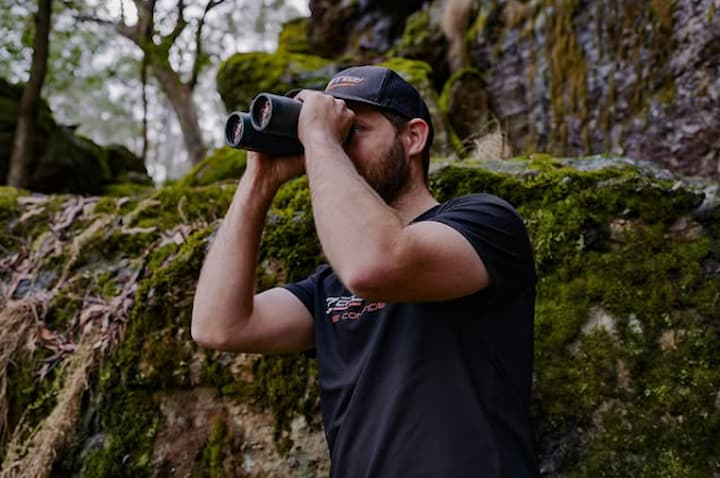
Picking the right binoculars depends on how you plan to use them. Different activities require different features, and customising your binocular glasses to your interests ensures the best viewing experience.
Birdwatchers typically choose 8×42 models. The moderate magnification and wide field of view allow you to easily track fast-moving birds and scan trees or skies. This size option also offers outstanding clarity in low-light circumstances, making it the perfect choice for early morning or nighttime viewing.
Compact models, such as 8×25 or 10×25, are ideal for hikes and vacations. They are lightweight and portable, fitting easily into a backpack or pocket with minimal bulk. These are ideal for sightseeing, spontaneous wildlife spotting, or admiring scenic views.
Hunters, on the other hand, may prefer sturdy, full-size alternatives like 10×42 or 10×50, which provide tremendous magnification and great performance in dark settings like dawn or dusk. Durability and water resistance are also important considerations in the field. Stargazers and boaters prefer models with excellent brightness and clarity. Larger lenses, such as 50mm with 10× magnification, produce clear images even in low light or over water.
Key Features to Consider
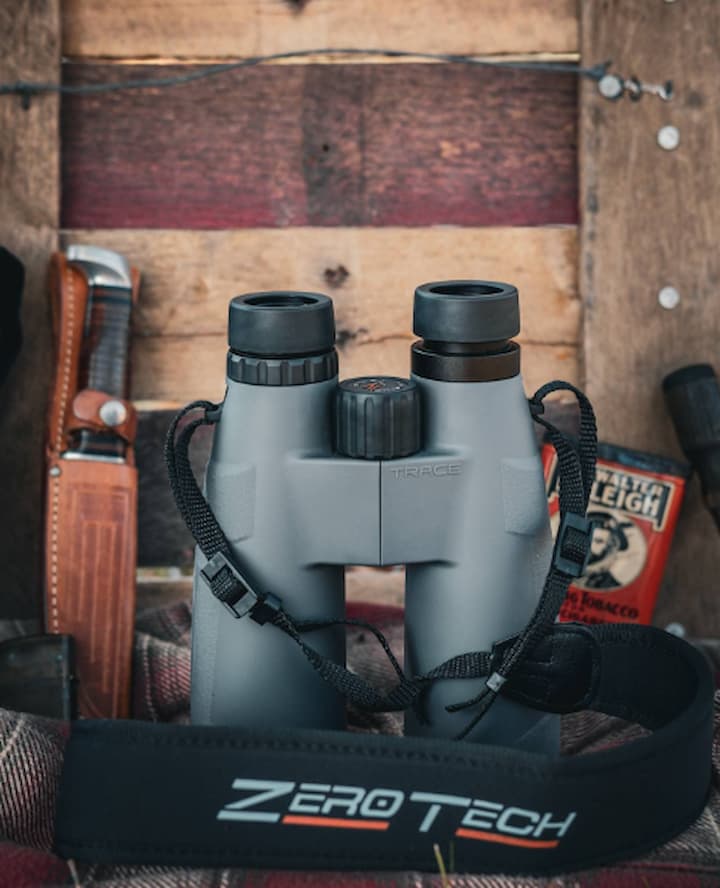
To ensure optimal performance and comfort, you should consider several key features that influence usability, image quality, and durability.
Field of View (FOV)
FOV refers to the width of the area visible through, typically measured in degrees or feet at 1,000 yards. A wider FOV is particularly important for activities like birdwatching, wildlife observation, or sports, where subjects move quickly. It allows users to scan large areas more efficiently without constant repositioning. Lower magnification models tend to offer wider FOVs, helping you track motion with ease and fluidity.
Lens Coatings
High-quality lens coatings enhance clarity, contrast, and brightness. Fully multi-coated lenses decrease glare and increase light transmission, resulting in vibrant images even in low-light situations like dawn, dusk, or gloomy days. Premium coatings also protect the lenses from scratches and dirt, resulting in increased longevity and consistent performance.
Eye Relief
The eye relief is especially important for eyeglass wearers. It refers to how far you can hold the binocular glasses from your eyes while still seeing the entire image. Long eye relief, typically 15mm or more, ensures comfortable use without straining the eyes or limiting the field of vision. Adjustable eyecups enhance the experience by suiting a variety of viewing preferences.
Durability
In terms of durability, outdoor enthusiasts should buy binoculars that are waterproof, fog-proof, and shock-resistant. Models with rubber armour offer a secure grip and added protection against drops and harsh weather. A durable build ensures reliability across rugged terrain and in unpredictable conditions.
Size and Weight
For extended use or travel, compact and lightweight choices are more comfortable to carry and handle. However, if you value image brightness and clarity above portability, slightly larger models may be worth the extra weight. Finding the right balance depends on your specific activities and how often you’ll be on the move.
Maintenance and Care Tips
Proper maintenance keeps your binocular glasses in top condition for years. Always keep them in a protective case to avoid dust and scratches. Before wiping lenses, wipe them with a microfiber cloth and a blower brush to remove any dirt; never use harsh materials or household cleansers.
Avoid touching the lenses with your fingers, since oils can smear or damage the coating. If your model is waterproof, clean it with fresh water after being exposed to salt or dust. Store in a cool, dry place to avoid mould and fogging. Regular maintenance not only retains clarity but also increases the longevity of your investment.


